When you think of salty foods, your mind probably jumps to the obvious culprits — fries, chips, and that jumbo pretzel at the ballgame.
But guess what? Salt is hiding in way more places than you think — sometimes in foods that are wearing a “healthy” halo! It’s not just about being bloated or thirsty.
Overloading on sodium can quietly raise your blood pressure, strain your heart, and set the stage for some serious health drama. The wild part? You could be blowing past your daily sodium limit before you even pick up a salt shaker.
That’s why we’re shining a light on the sneakiest salty foods lurking in your kitchen and giving you easy, delicious swaps that are way better for your heart (and your taste buds).
1. Canned Soups
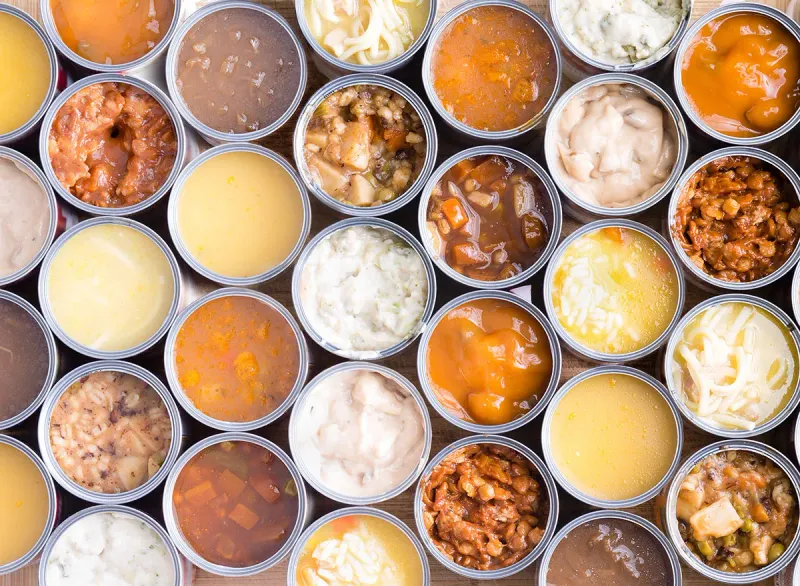
Canned soups are a staple on many pantry shelves, but they often hide a salty secret. Even those with labels boasting ‘healthy’ or ‘low-fat’ can pack in more sodium than you’d expect. Preserving flavor and extending shelf life often means adding a significant amount of salt.
If you’re watching your sodium intake, that comforting bowl of soup might not be as innocent as it seems. Thankfully, there’s a remedy: make your own soups at home with fresh ingredients. This way, you control the salt, and herbs and spices can add plenty of flavor without the extra sodium.
Think of a soup filled with fresh veggies, fragrant herbs, and a hint of lemon. Not only is it satisfying, but it’s also a much healthier choice that you can enjoy without the sodium guilt.
2. Deli Meats
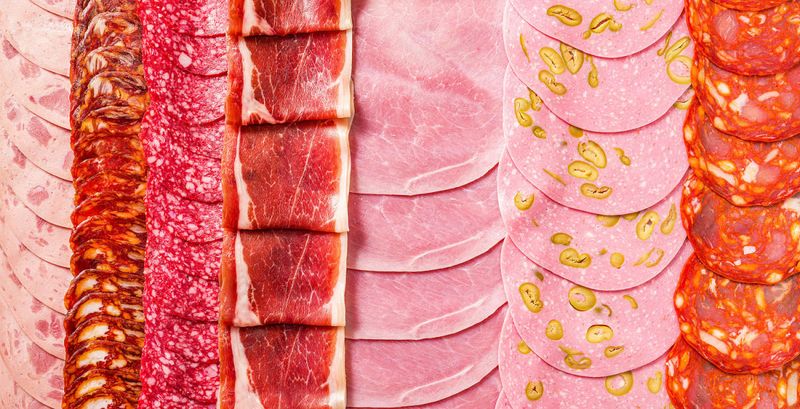
Deli meats like turkey, ham, and roast beef slices might seem like the perfect, lean lunch option. However, these seemingly innocent proteins are often heavily salted during processing. The salt helps preserve the meat and enhances its flavor, but it can sneakily add to your daily sodium intake.
Instead of grabbing pre-packaged deli meat, consider roasting your own turkey or chicken at home. It’s a flavorful and juicy alternative without the added sodium. Plus, you get to enjoy the satisfaction of a fresh, homemade meal.
Imagine biting into a sandwich stacked with freshly roasted turkey, crisp lettuce, and juicy tomatoes. It’s not just delightful to the taste buds; it’s a choice your heart will thank you for.
3. Frozen Meals
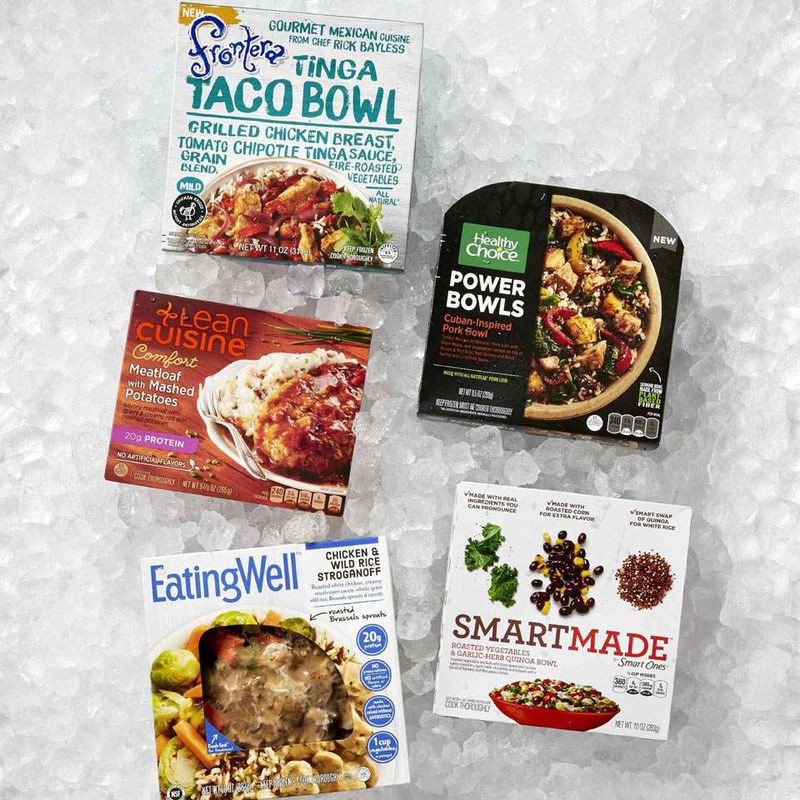
The convenience of frozen meals makes them a go-to for busy evenings, yet they often come at a salty price. To compensate for the loss of flavor during freezing, manufacturers often load these meals with sodium. It’s a quick dinner fix, but one that can secretly contribute to high sodium levels.
Consider prepping your own freezer meals using fresh ingredients and low-sodium broths. It’s easier than it sounds, and you’ll have ready-made meals that are healthier and tailored to your taste preferences.
Picture pulling out a homemade frozen lasagna, rich with layers of vegetables and flavorful sauce. Not only is it nourishing, but you’ll also have peace of mind knowing it’s a heart-healthy option.
4. Breads and Rolls
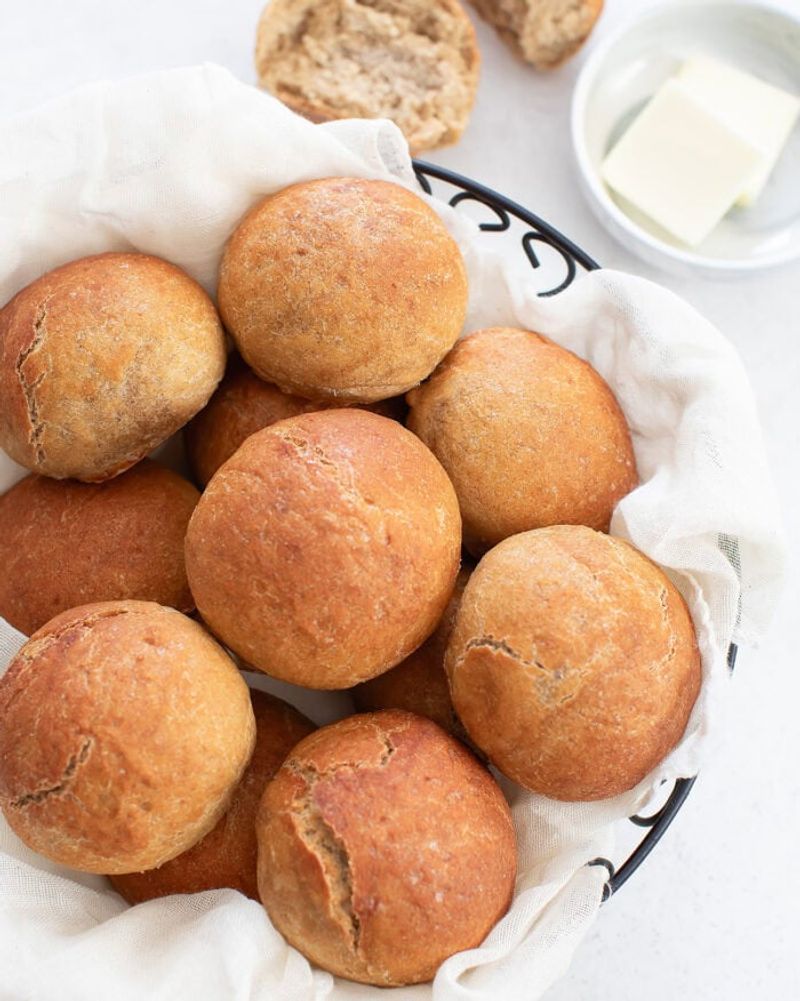
Bread is a surprising source of hidden sodium, even in sweet varieties like raisin or cinnamon swirl. Many store-bought breads contain salt not just for flavor, but also to help with dough elasticity and preservation. It’s a staple that might be quietly adding to your sodium intake.
Opt for whole-grain, low-sodium breads or consider baking your own at home. Freshly baked bread with a crispy crust and soft interior is always a treat.
Imagine the aroma of a freshly baked loaf scenting your kitchen. Not only is it satisfying to bake your own, but it’s also a wholesome way to enjoy bread without the salty surprise.
5. Cheese
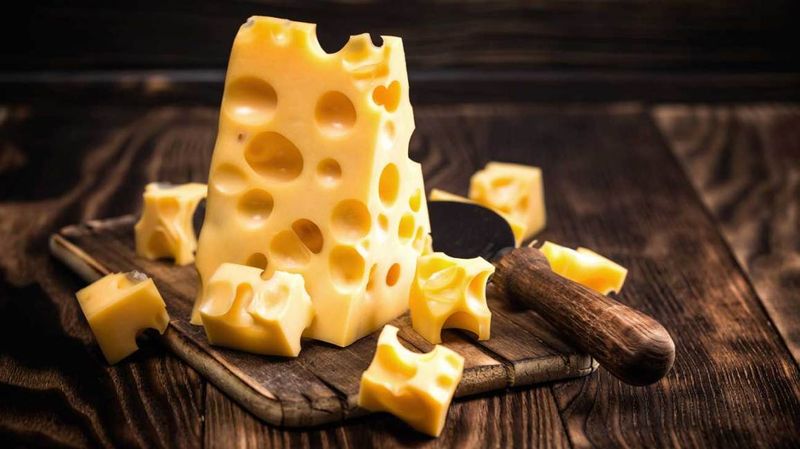
Cheese, especially the processed kind like American slices, is a delicious delight that can be deceptively salty. The processing of cheese often involves adding salt for flavor and preservation, leading to higher sodium levels.
For a heart-healthier option, go for fresh mozzarella or Swiss cheese, which are naturally lower in sodium. They melt beautifully and add a creamy touch to any dish.
Envision a caprese salad with fresh mozzarella, ripe tomatoes, and fragrant basil. It’s a fresh, satisfying dish that celebrates flavor without the sodium load.
6. Breakfast Cereals
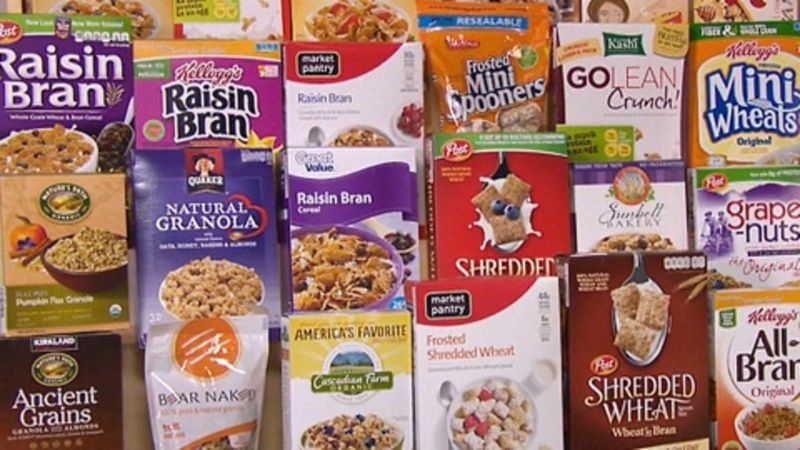
Breakfast cereals are a morning favorite, yet some ‘healthy’ cereals sneak in extra salt to enhance flavor, especially in multigrain varieties. While you might expect sugar, sodium is often lurking as well.
Instead, try low-sodium, whole-grain cereals like oats or shredded wheat. These options provide a nutritious start without the extra salt.
Picture a warm bowl of oatmeal topped with fresh fruits and a drizzle of honey. It’s a comforting and health-conscious way to kickstart your day.
7. Snack Bars
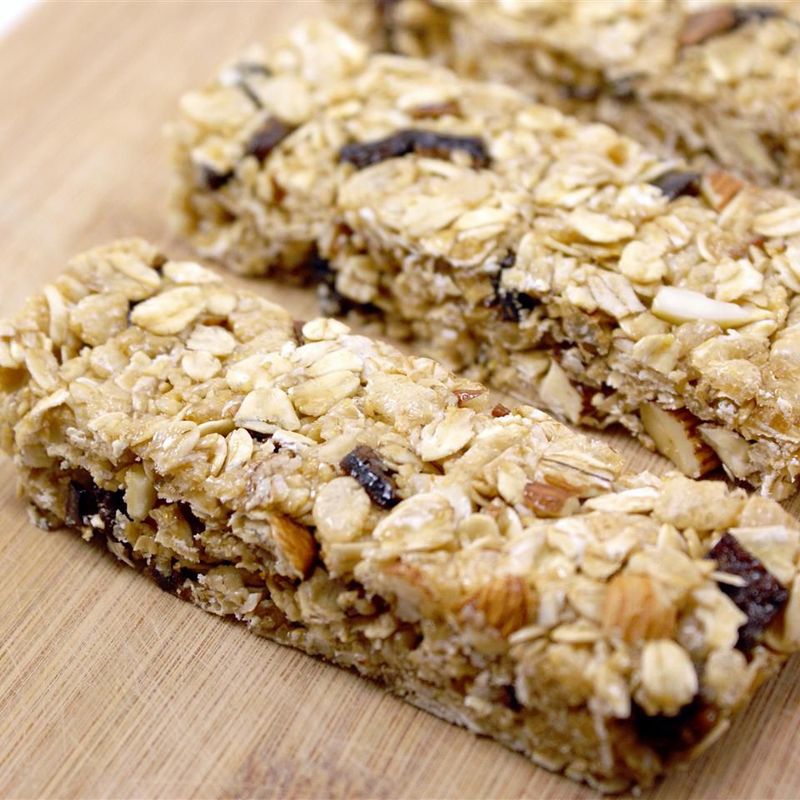
Snack bars like granola and protein bars are marketed as healthy options, yet many hide sodium alongside sugar and fats. It’s a sneaky way that salt enters your diet, disguised as a nutritious snack.
Craft your own snack bars at home using oats, nut butter, seeds, and honey. You can enjoy a satisfying treat without the hidden sodium.
Imagine biting into a homemade energy bite, chewy and nutty, with just the right amount of sweetness. It’s a delightful snack that aligns with a heart-healthy lifestyle.
8. Pickles and Olives
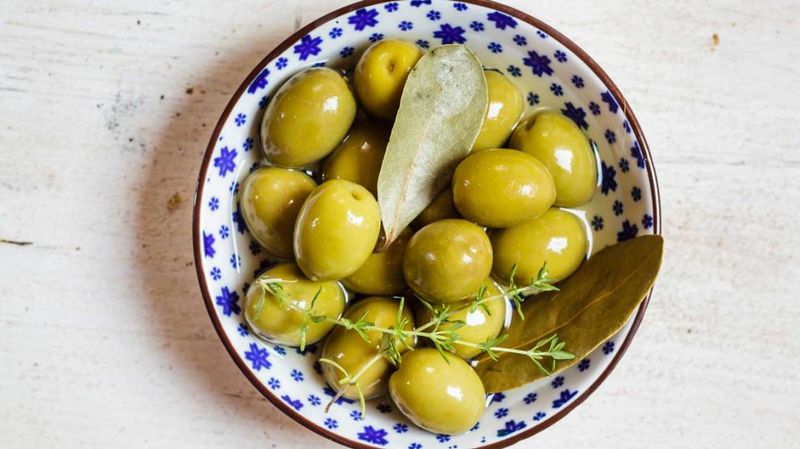
Pickles and olives, with their bold, tangy flavors, are brined in salt-heavy solutions to preserve and enhance their taste. A single pickle can sometimes rival a bag of chips in sodium content, making them a sneaky culprit in your diet.
Swap them out for fresh veggies or try making your own with vinegar and spices, skipping the salt.
Visualize a crisp cucumber slice or a carrot stick, crunchy and refreshing, offering the perfect guilt-free snack that you can enjoy anytime.
9. Condiments (Ketchup, Soy Sauce, Salad Dressings)
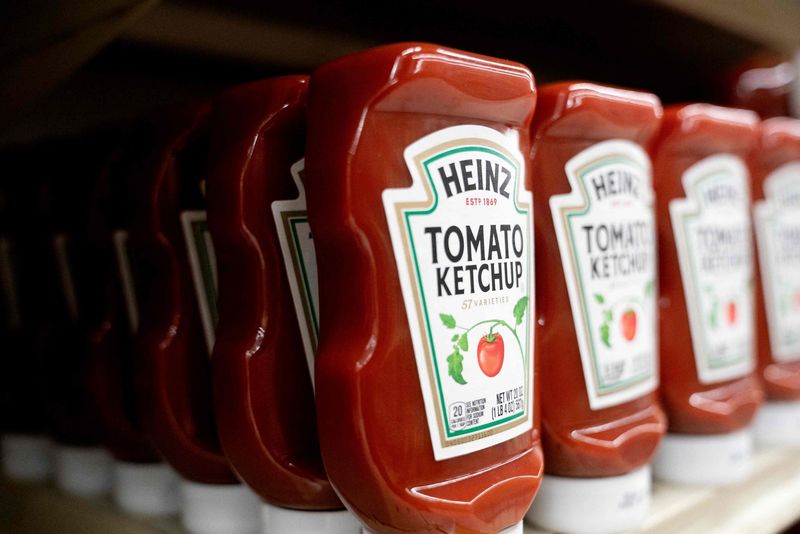
Condiments like ketchup, soy sauce, and salad dressings might seem harmless in tiny servings, but they pack a big sodium punch. A small drizzle can quickly add up to a significant amount of salt.
Create your own condiments using fresh ingredients and control the sodium levels yourself. Whipping up a homemade dressing with vinegar and herbs can transform any salad.
Picture a salad drizzled with a light, homemade vinaigrette, bursting with the zesty freshness of lemon and herbs. It’s a flavorful, heart-smart choice.
10. Restaurant Meals (Especially Fast Food)

Dining out, especially at fast food joints, often means consuming more sodium than you might think. Even seemingly healthy options like salads can be loaded with sodium through dressings, toppings, and seasonings.
Opt for grilled items without sauces and ask for dressings on the side. At home, experiment with herbs and spices instead of salt to season your meals.
Think of a grilled chicken dish seasoned with garlic, rosemary, and a squeeze of lemon. It’s a delicious meal that’s as good for your heart as it is for your taste buds.
1. Low-Sodium Homemade Soups
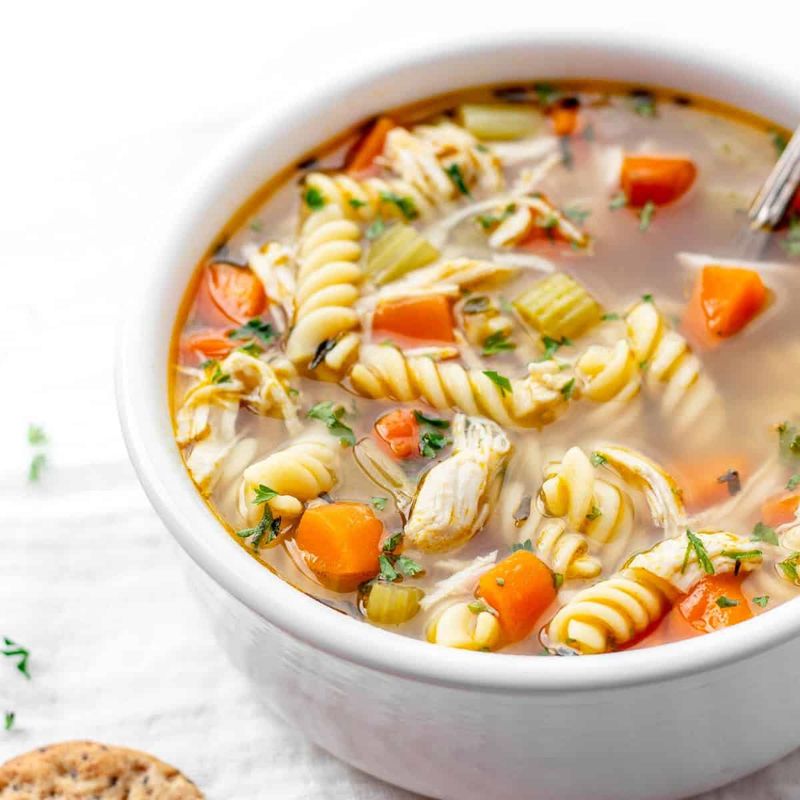
Making your own soups with fresh ingredients allows you to control the salt content, resulting in a delicious and heart-healthy dish. Herbs and spices can add plenty of flavor without the sodium overload found in canned versions.
Imagine a pot of soup simmering on your stove, the aroma of fresh vegetables and herbs filling the air. It’s a comforting meal that warms both the heart and soul.
Transform simple ingredients like carrots, celery, and garlic into a nourishing bowl of goodness. Enjoy every spoonful knowing it’s a healthier, salt-conscious choice.
2. Freshly Roasted Meats

Skip the deli counter and roast your own turkey, chicken, or beef at home. By doing so, you avoid the sodium-heavy preservatives added to processed meats. Instead, enjoy the natural flavors of fresh, roasted meats.
Picture a perfectly roasted turkey, its skin crispy and golden, seasoned with rosemary and thyme. It’s a tender and juicy delight that makes for a satisfying meal.
Serve it with a side of roasted vegetables for a complete, heart-healthy dinner that you and your family will love.
3. Homemade Freezer Meals
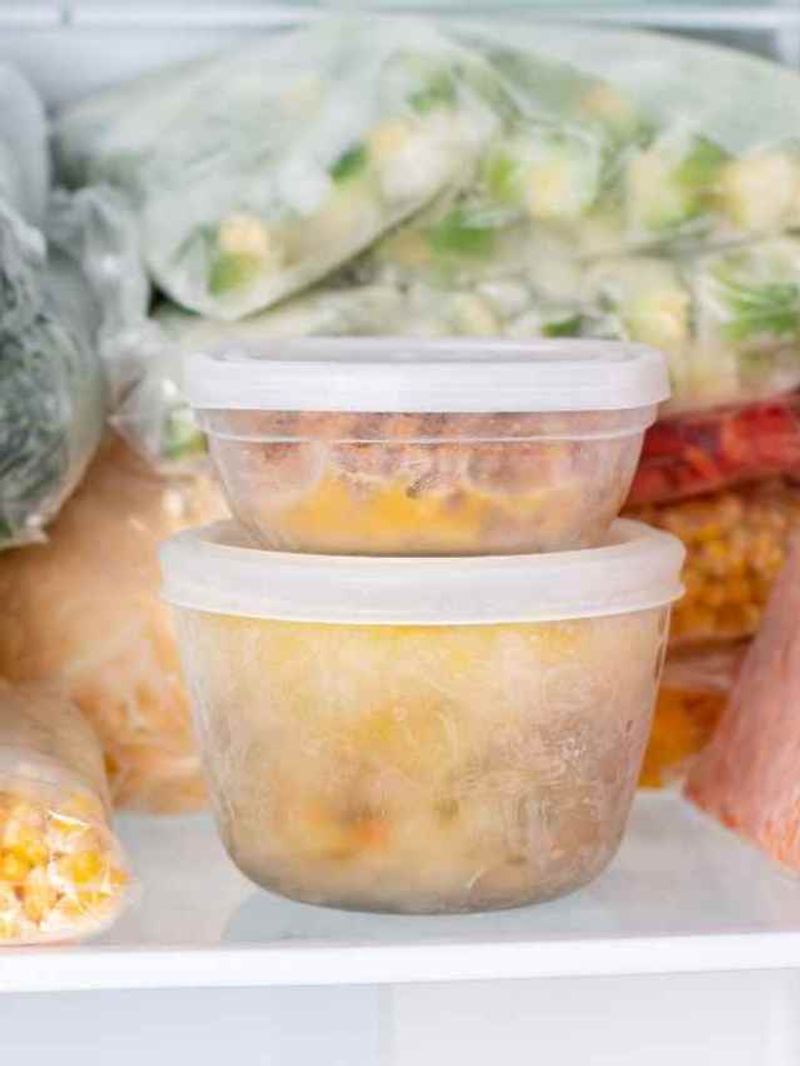
Creating homemade freezer meals gives you the advantage of using fresh ingredients while controlling sodium content. Use low-sodium broths and fresh veggies to prepare meals that are both convenient and heart-healthy.
Imagine opening your freezer to find containers of homemade lasagna or stew, ready to heat and serve. It’s the ultimate in convenience without the salty burden.
Enjoy the satisfaction of knowing your meals are nutritious and tailored to your tastes, without the unwanted sodium of store-bought options.
4. Whole-Grain, Low-Sodium Breads
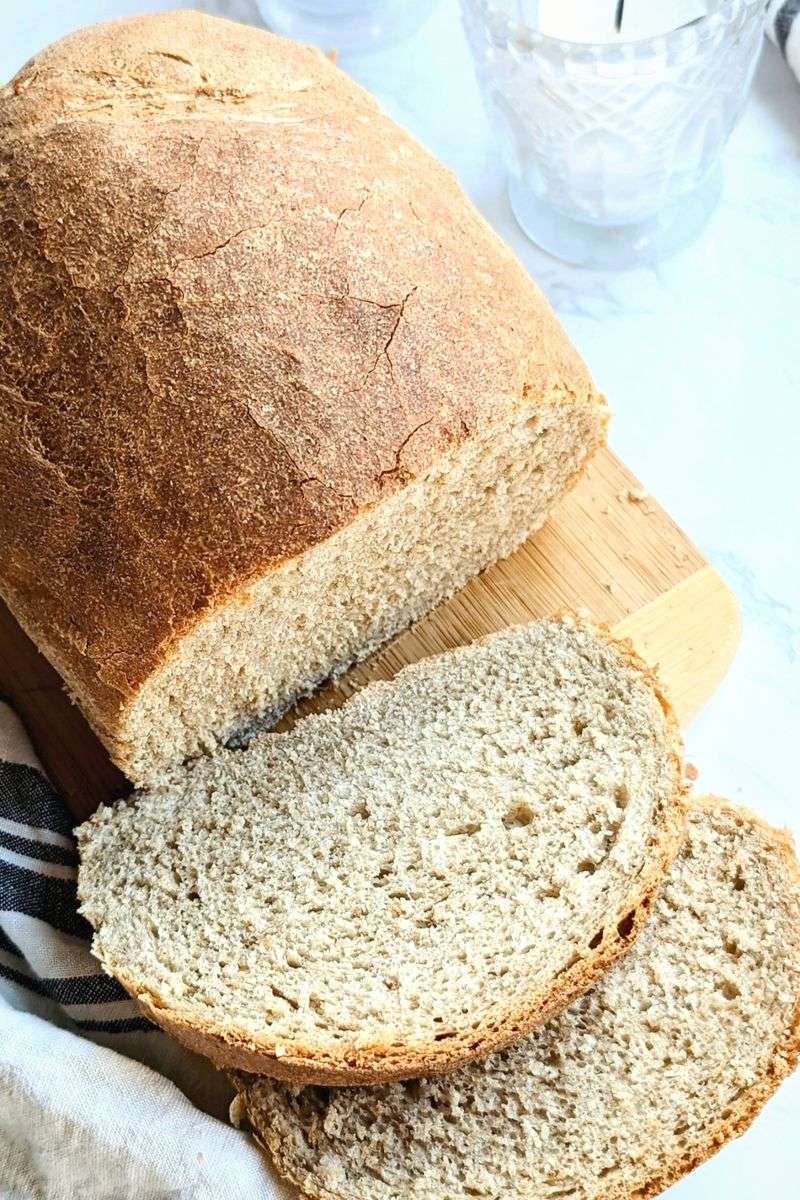
Choosing whole-grain, low-sodium breads is a wise step for a heart-smart diet. Many store-bought breads can contain hidden sodium, so look for bakery-fresh options or consider making your own.
Picture the process of kneading dough, the warmth of freshly baked bread filling your kitchen with an irresistible aroma. Homemade bread offers control and satisfaction.
With each slice, enjoy the wholesome, nutty flavor without worrying about hidden sodium. It’s a simple change that supports your health every day.
5. Fresh Mozzarella or Swiss Cheese
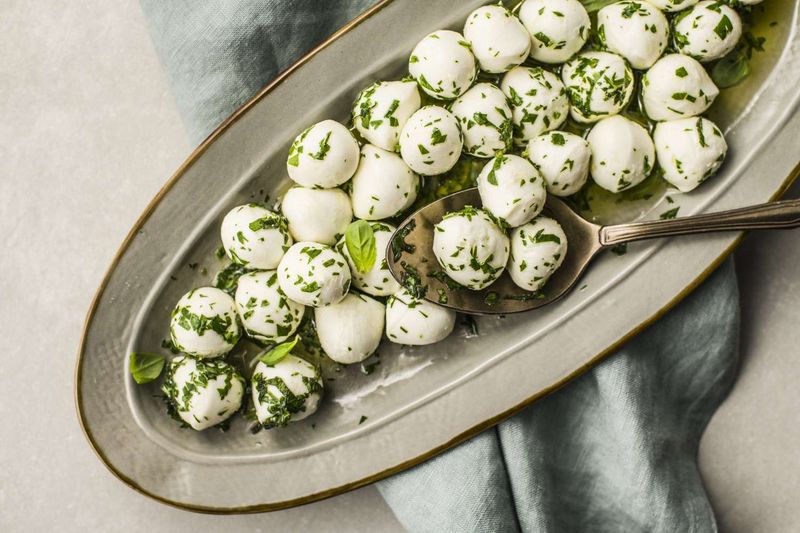
For cheese lovers, fresh mozzarella or Swiss cheese are delightful choices that are naturally lower in sodium compared to processed options. They add a creamy texture and rich flavor to any meal.
Imagine a simple caprese salad with juicy tomatoes, fresh basil, and slices of mozzarella. It’s a refreshing and satisfying dish that celebrates simplicity and taste.
Enjoy the richness of cheese without the guilt, knowing it’s a choice that aligns with your heart-healthy goals.
6. Low-Sodium, Whole-Grain Cereals
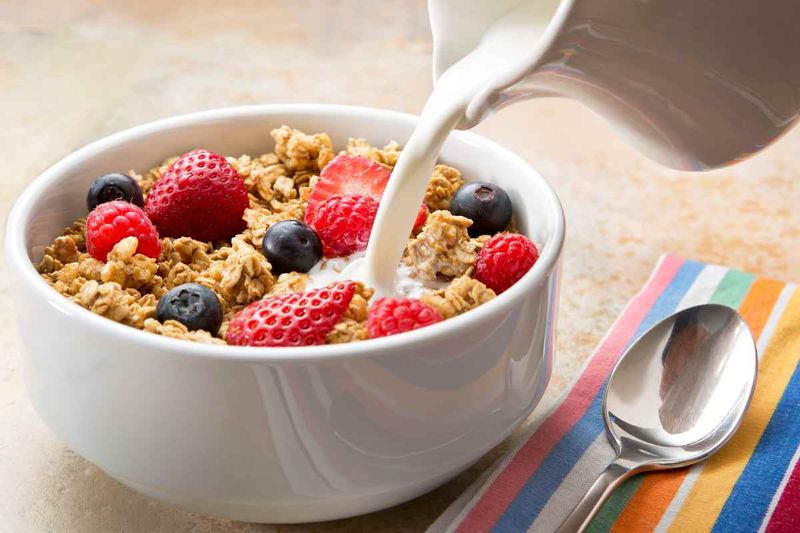
Start your day with low-sodium, whole-grain cereals like oats or shredded wheat. These options provide a nutritious breakfast without the extra salt found in many packaged cereals.
Picture a steaming bowl of oatmeal topped with berries and a sprinkle of nuts. It’s a wholesome and satisfying way to fuel your morning.
Enjoy the natural, understated sweetness of grains that nourishes your body and supports your heart health with every bite.
7. Homemade Energy Bites
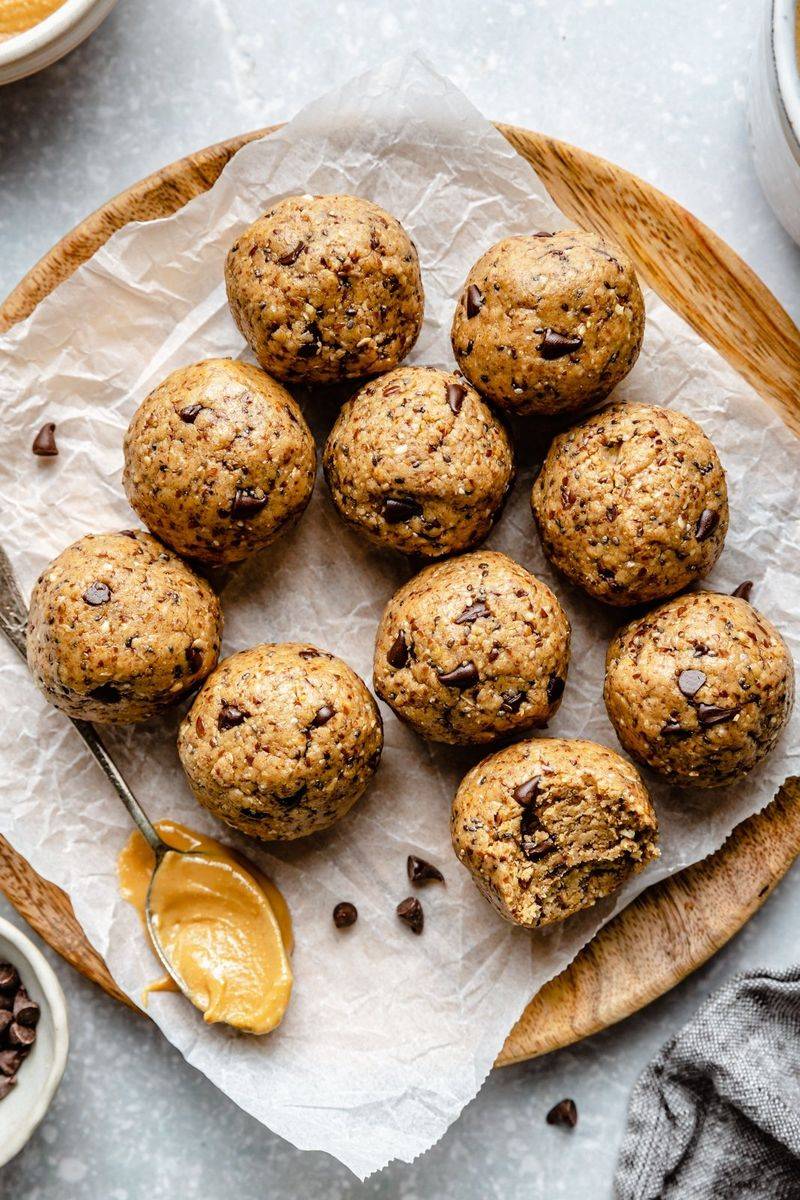
Crafting homemade energy bites lets you enjoy a delicious snack that aligns with your health goals. Use oats, nut butter, seeds, and honey to create bites that are both satisfying and sodium-free.
Visualize a tray of chewy, nutty energy bites, each packed with flavor and nutrition. They’re perfect for a quick snack or post-workout fuel.
Enjoy the convenience of a snack that you can grab on the go, knowing it’s crafted with care and consideration for your heart health.
8. Fresh Veggies or No-Salt-Added Pickles
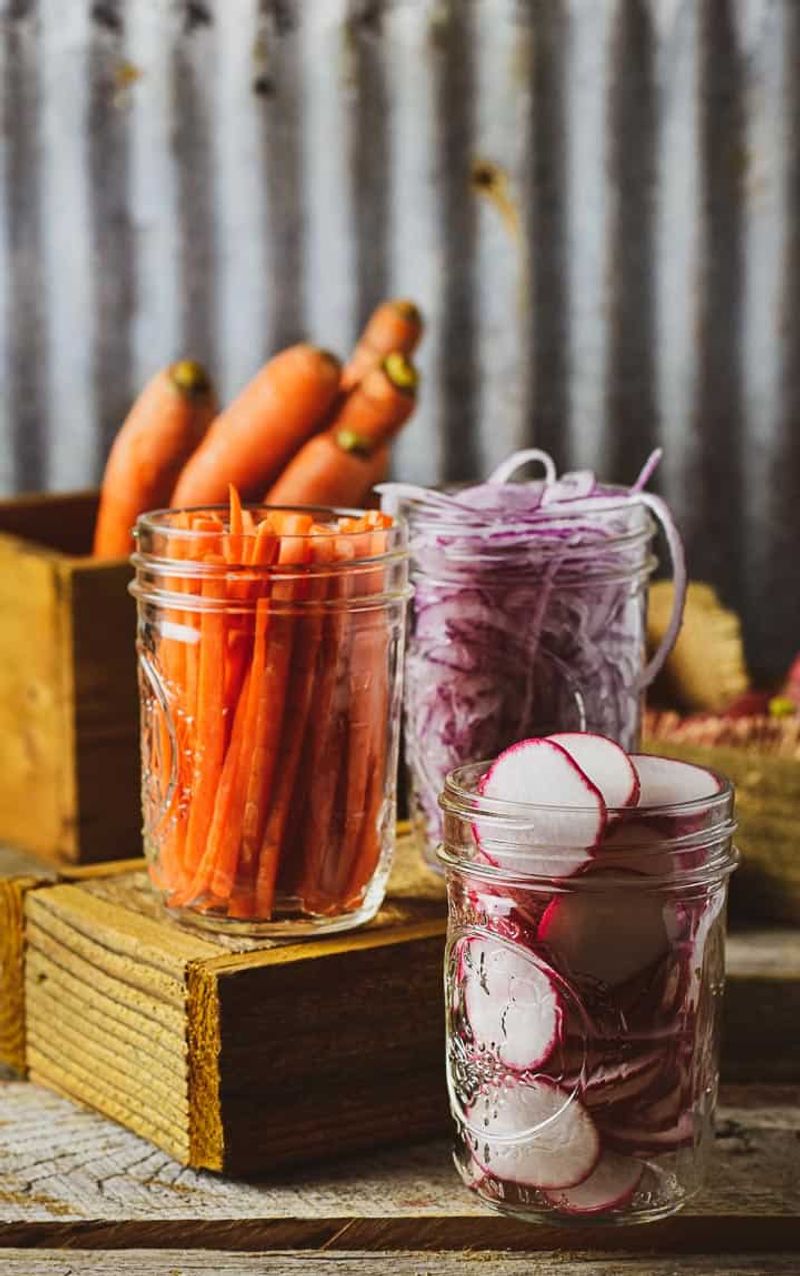
Swap traditional pickles and olives for fresh vegetables or try making your own no-salt-added pickles. Crunchy cucumber slices or carrot sticks offer a refreshing alternative without the sodium.
Picture a colorful platter of crisp veggies, each bite naturally hydrating and satisfying. It’s a simple way to enjoy snacks that support your health.
Experiment with making your own quick-pickles using vinegar and spices for a tangy treat that skips the salt. It’s a delicious twist on a classic favorite.
9. DIY Condiments
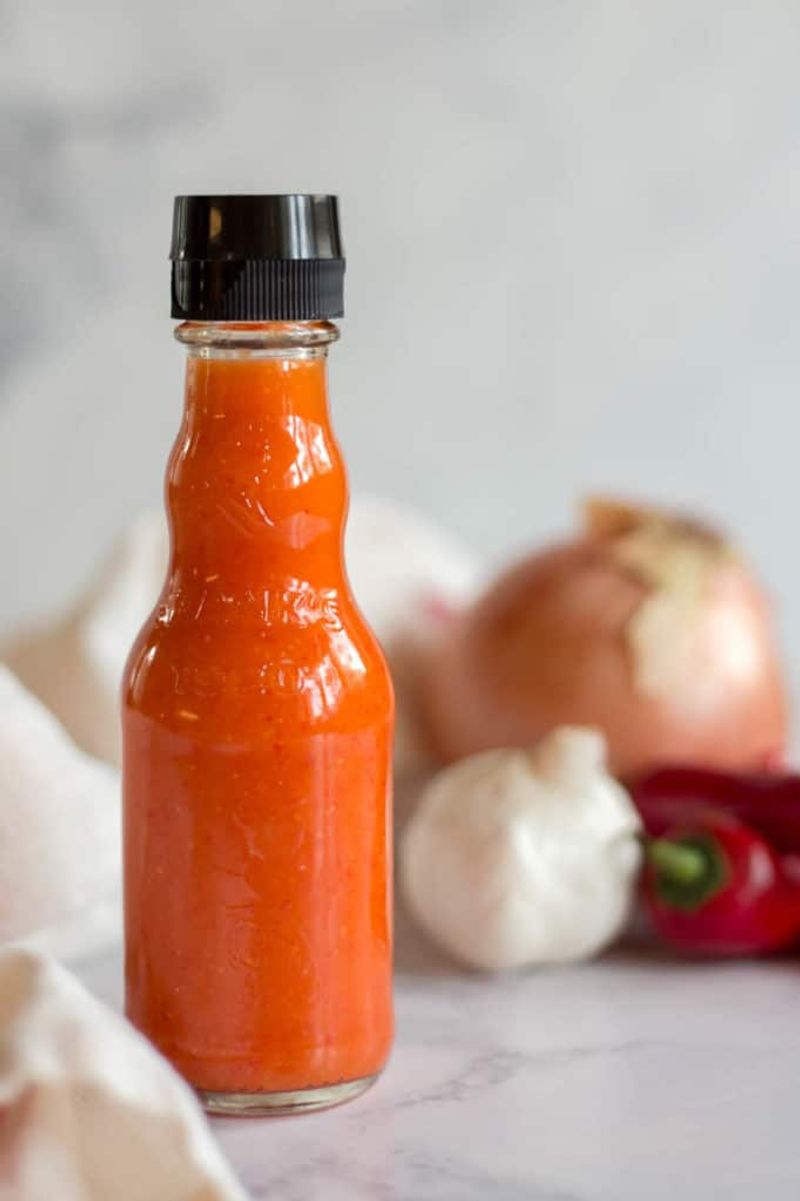
Whip up your own condiments using fresh ingredients to control the salt and enhance flavors naturally. Homemade ketchup, dressings, and sauces can elevate your meals without the sodium overload.
Visualize the process of mixing fresh tomatoes, vinegar, and herbs to create a zesty ketchup. It’s a personalized flavor boost.
Savor each meal with the satisfaction of knowing every element is crafted with care and intent to support your well-being.
10. Home-Cooked Meals with Herbs & Spices
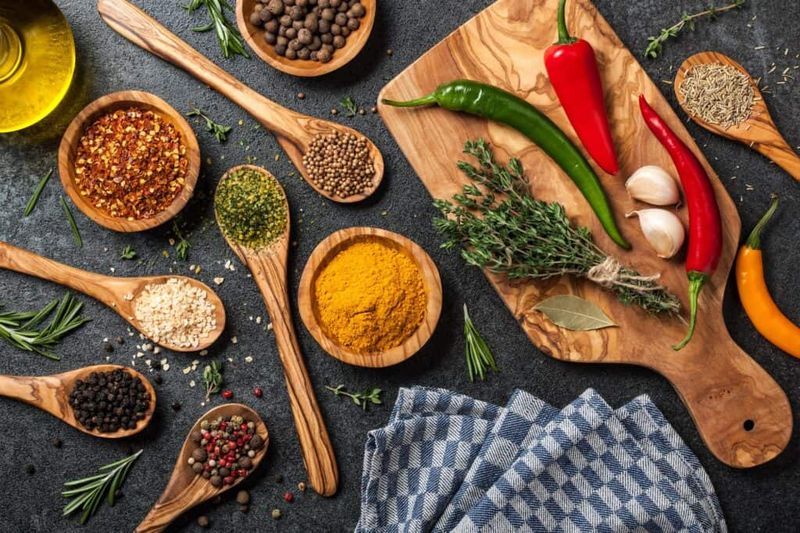
Seasoning home-cooked meals with herbs and spices instead of salt opens up a world of flavor possibilities. Garlic, lemon, rosemary, and pepper can transform simple ingredients into gourmet dishes.
Envision a vibrant plate of grilled vegetables, each piece infused with the earthy aroma of fresh herbs. It’s a sensory delight that pleases the palate.
Elevate your cooking with the subtle complexity that herbs provide, making each meal a joyous celebration of health and taste.
Leave a comment